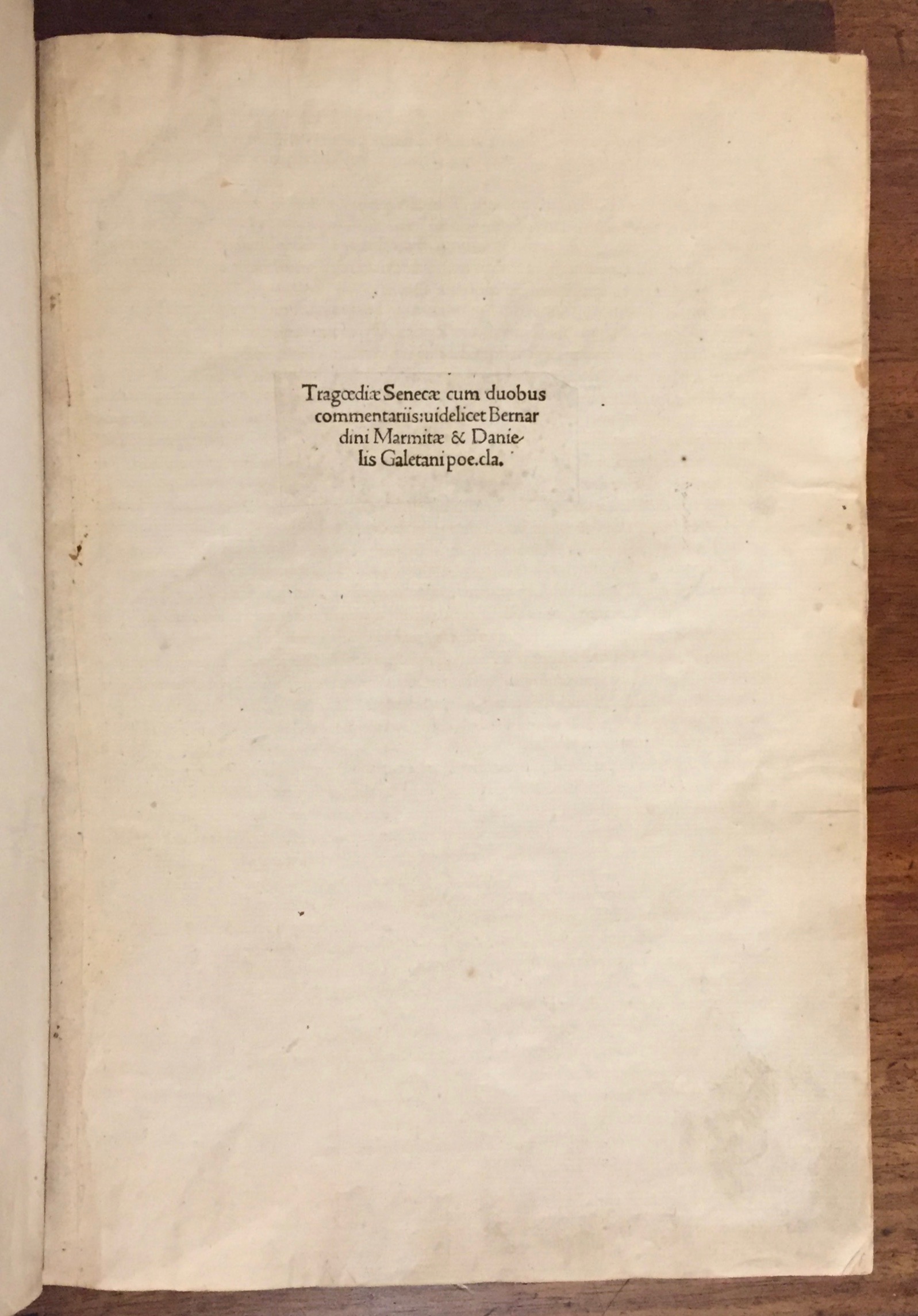As we’re now only ten days away from Christmas, I write today on Marshall’s Chronological tables:
Marshall, Benjamin and William Lloyd. Chronological Tables In which are contain’d not only all the chief things of Sacred History from the Creation of the World till Christ’s Time, but also all other the most Remarkeable Things of those times that are recorded in any of the Antient Writers now extant. For the Church Matters, They, are chiefly collected out of the Holy Scriptures: but not without such additions as are to be had out of Josephus. For the Other Matters, They are taken partly out of Africanus and Georgius Syncellus; and partly out of Eusebius, and St Jerom: not without consulting the most learned Joseph Scaliger; and those most eminent Chronologers of our own Country, Arch-Bishop Ussher and Sr John Marsham, and Mr Dodwell. But immediately as to Church Matters, for them we are most particularly indebted to the present Lord Bishop of Worcester: as well in what is contain’d in the Tables before, as also but more especially in the Appendix which his Lordship hath added in the end of the Third, and is continued in the Whole Fourth Table. All these Tables were compiled, and are here represented together. Eight sheets in four. Oxford: At the Theater [viz. Oxford University Press], 1712-1713 [1713].
These four magnificent tables, each composed of two sheets of super royal paper (ca. 25” x 17”) pasted long-end to long-end (thus 34” x 25”), chart the events – births, reigns, occurrences and the like – of the whole ancient Western world from Creation to the birth of Christ.
Benjamin Marshall was a domestic chaplain to the William Lloyd (1627-1717), Bishop of Worcester. Lloyd worked for many years to revise the chronology of James Ussher (1581-1656), Archbishop of Armagh, which established the creation at 6 pm on Saturday, 23 October 4004 B.C.; these tables also contain a calculation according to the Alexandrian Septuagint (LXX), which takes the year of creation as 5260. It is unclear to what extent Lloyd and Marshall worked together; Lloyd wrote the whole of the lengthy appendix on the life of Christ and the decades following his death (the second half of table 3 and all of table 4). Because some sources for the dates are extra-biblical, the tables ultimately become a chronology of the whole ancient world: Egypt, Assyria, Greece, Sicyon, Troy, Macedon, Rome all correlated with the bible by column. A major goal of the project was to establish the correct (fixed) dates for the major Christian festivals. Lloyd focused on the nativity (set as 25 December, 4 before A.D.), and calculated from years before and after A.D. (i.e., the traditional year of Christ’s birth, set by Dionysus Exiguus). Thus the tables mark the beginning of the calendar of festivals that governs much of the world today. Lloyd was mocked for his Ussherism, but he was a man of profound learning; the British Library has correspondence between Lloyd and Isaac Newton on the subject of the lunar year. The scale of the project’s ambition matches its product’s size.
For a detailed treatment, see Scott Mandelbrote, “‘The doors shall fly open’: Chronology and Biblical Interpretation in England, c. 1630-1730” in The Oxford Handbook of the Bible in England, c. 1530-1700, edd. K. Killeen, H. Smith, R.J. Willie, Oxford: Oxford University Press, 2015, pp. 176-195, esp. 192-195.
ESTC T93609.

